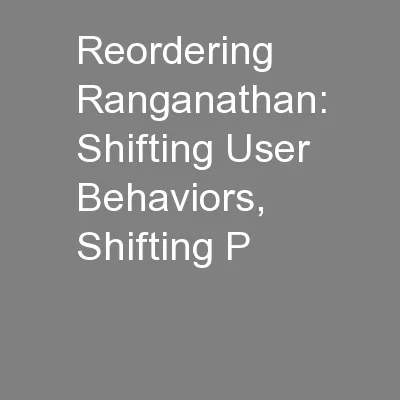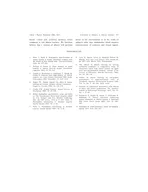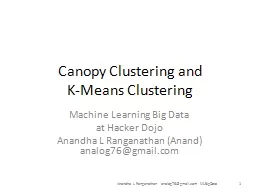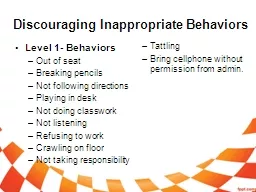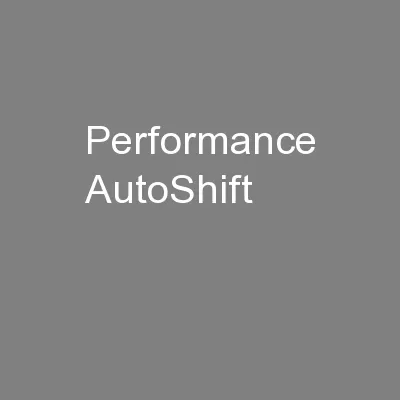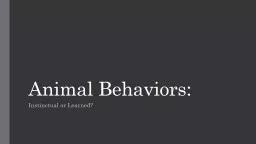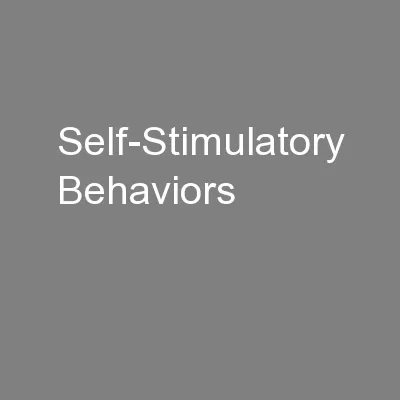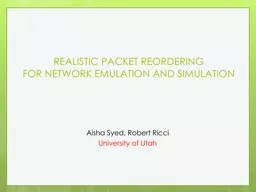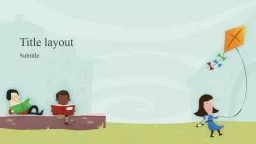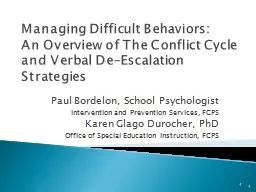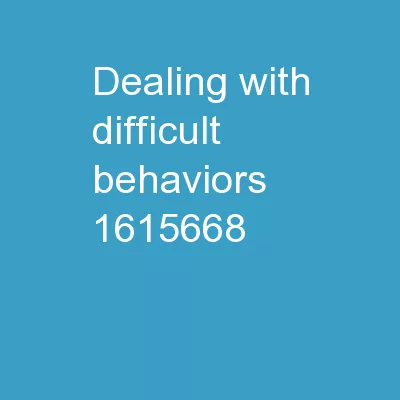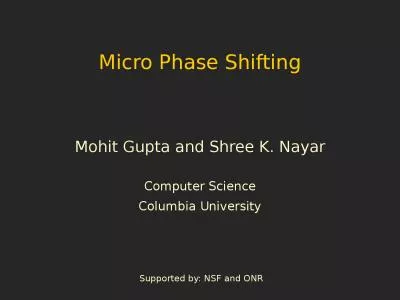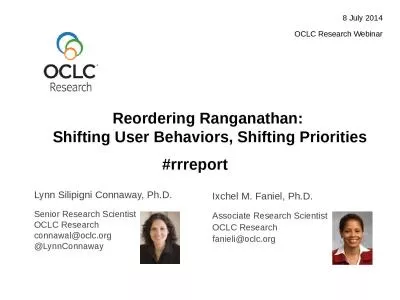PPT-Reordering Ranganathan: Shifting User Behaviors, Shifting P
Author : pasty-toler | Published Date : 2016-07-02
ALA Midwinter January 27 2014 OCLC Research Update Lynn Silipigni Connaway PhD Senior Research Scientist OCLC connawaloclcorg LynnConnaway Ixchel M Faniel PhD Associate
Presentation Embed Code
Download Presentation
Download Presentation The PPT/PDF document "Reordering Ranganathan: Shifting User Be..." is the property of its rightful owner. Permission is granted to download and print the materials on this website for personal, non-commercial use only, and to display it on your personal computer provided you do not modify the materials and that you retain all copyright notices contained in the materials. By downloading content from our website, you accept the terms of this agreement.
Reordering Ranganathan: Shifting User Behaviors, Shifting P: Transcript
Download Rules Of Document
"Reordering Ranganathan: Shifting User Behaviors, Shifting P"The content belongs to its owner. You may download and print it for personal use, without modification, and keep all copyright notices. By downloading, you agree to these terms.
Related Documents

